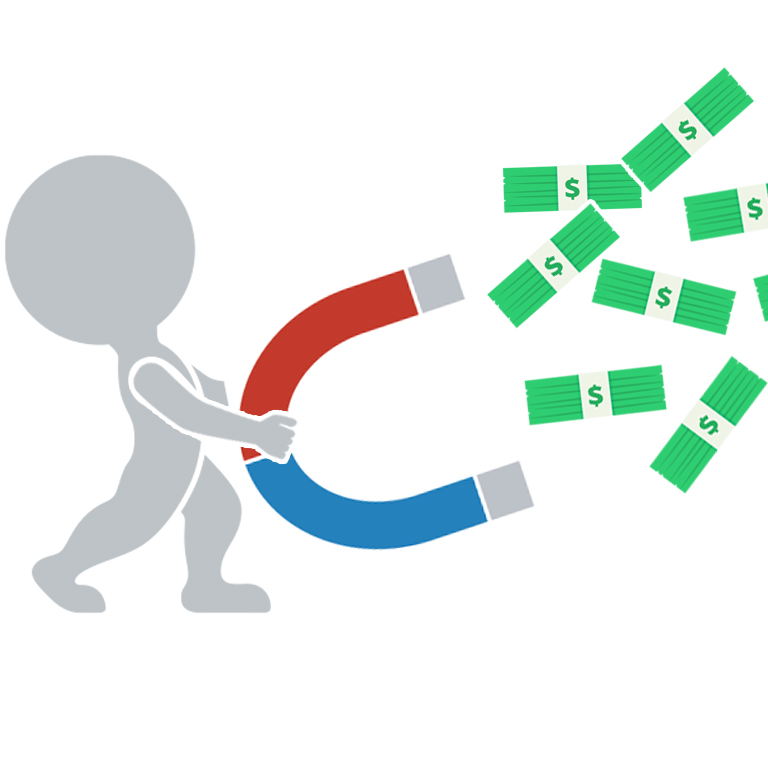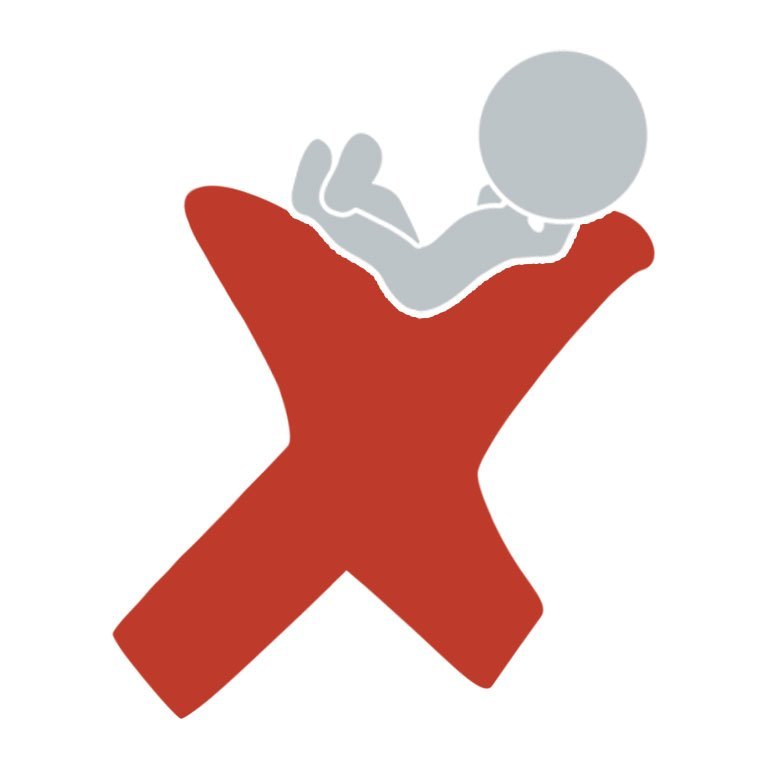I’ve seen several friends and colleagues chatting about a 10/5/2021 article at thenonprofittimes.com which examines the rapidly changing environment of online development.
With the subtle headline Fundraisers Wrestling With Tech As Giving Plows Forward, the article doesn’t shy away from addressing some of the biggest self-inflicted hurdles that prevent organizations from maximizing their development efforts.
At the top of that list is the need to wean development professionals off of fundraising-specific legacy Customer Relationship Management (CRM) platforms and integrate those efforts with a CRM that manages every interaction a patron has with the organization.
As staffs shrink, development staff coordinate ever-widening circles of fundraising activities. And due to what Wyers calls the “Amazon-ization” of donor expectations, when donors communicate with either a nonprofit’s employee or automated system, donors expect the full spectrum of their history with the organization to be reflected in the interactions.
This “360-degree view” is something marketers have striven toward for years, and represents one of the current driving factors for new constituent relationship management (CRM) systems.
It’s easy to see why anyone on the outside looking in would be scratching their head over why communications and transaction efforts are so siloed.
Granted, there’s a lot that goes into that conversion but in a nutshell, it’s the byproduct of development professionals coming up through their career using older CRM platforms that were originally designed to focus only on fundraising efforts.
CRMs that came on the market over the last decade approached architecture development with the assumption that organizations would continue using those other platforms in conjunction with their service. Consequently, it’s no surprise that most of them focused more on ticketing and marketing feature sets.
Unfortunately, this only made the silos between systems larger and after a decade of evolution, a dangerous marketing/development gulf has emerged.
The article presents a straightforward alternative to this problem:
That’s created a growing disconnect between donors who want to be personally engaged in a cause and a nonprofit,” [said Gabe Cooper, chief executive officer at Phoenix, Ariz.-based Virtuous Software. But] the next generation of nonprofit technology out there, and nonprofit CRM systems and related tools, are now all about building personal relationships with donors at scale.”
Part of the challenge in creating such a system is that legacy nonprofit technology often is unique to each department. “If you walk in the door of most nonprofits, their program data, their fundraising data, their marketing data is siloed,” Cooper added.
I agree with Cooper’s outlook and the reality nonprofit performing arts organizations need to accept is moving away from segmented systems as quickly as possible. The longer they wait, the worse things will get and the harder change becomes. But make no mistake, change will come.
The amount of change CRM systems have gone through during the past few years, in both functionality and the need to access them from new locations, means systems are becoming outdated faster…CRM providers are increasingly recommending moving from installed models to software as a service (SaaS) platform, in which the systems are hosted at the vendor and accessed as needed by users wherever they are from whatever device they’re on.
Then there’s the conundrum where some systems that are so complex, organizations discover they don’t have the ability to properly fund staff training and/or hiring consultants. As a result, some of the best benefits available at more expensive CRM solutions go unused.
This assumes staffers are able to use the platform. “It’s just too hard to use the systems are out there,” explained Jon Biedermann, founder and chief executive officer at SimplyFundraisingCRM in Doylestown, Pa.
Both legacy systems and supposedly free CRM systems that are laden with hidden costs. “You have to hire a consultant. It is impossible for someone to get going without having pre-knowledge of [the system] and configure it to match their needs. That can get very expensive, or the resource just isn’t available,” he said.
Lastly, I’m especially glad to see the article underscore how important integrated metrics and analytics are for operating a forward-thinking revenue strategy.
While automation might feel like a scary topic, there’s a lot of value for fundraisers,” said Brandy Keller, vice president of product for education and nonprofit solutions at St. Petersburg, Fla.-based Community Brands. “Tools like dashboards and analytics, which help automate manual reporting and analysis of giving trends, are really valuable — and something that should be table stakes for any donor management system,” said Keller.
The article delivers the right message to the right audience at the right time. That alone made me smile, but that grin intensified because the approach espoused by so many of the professional voices quoted in the article parallels the fundamental approach my team and I have used when developing UpstageCRM, a SaaS platform that delivers a unified ticketing, marketing, and fundraising solution.
I wrote about the platform back in July and I’m happy to say that the sales site will be rolled out in phases over the next three weeks.


